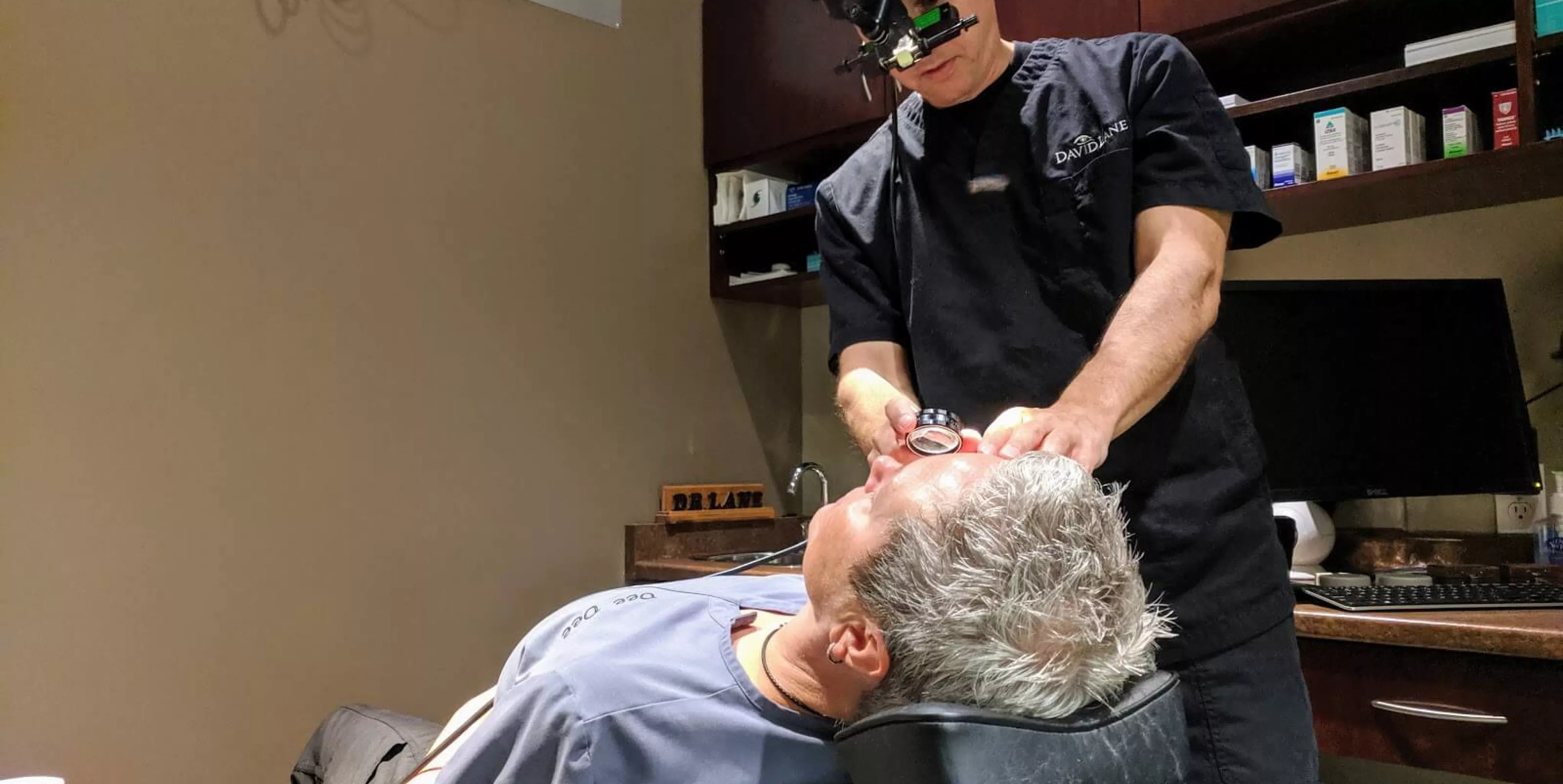World Diabetes Day was founded by the International Diabetes Federation and the United Nations in 1991, and became an official United Nations Day in 2006. This day occurs every November 14th, to commemorate the birthday of Sir Frederick Banting, who discovered Insulin.

The BLUE CIRCLE LOGO was adopted as the World Diabetes Logo in 2007 by the United Nations, to represent unity of the global diabetes community in response to the diabetes epidemic.
Diabetes is a very common disease that affects millions of people worldwide. The most common form of diabetes (type II diabetes) is caused almost entirely by a poor diet and lack of exercise, and is largely preventable. This preventable disease is one of the most common causes of blindness, kidney failure, heart attacks, and strokes in the world today.
Dr. Lane, from Lasik Cataract Centre in Lindsay, spoke at this year's World Diabetes Day. In this talk, Dr. Lane reviewed the ocular complications of diabetes, and explained how these problems are now treated in 2019.
Visual Loss and Diabetes
The most common cause of visual loss in diabetic people is swelling at the back of the eye, called Diabetic Macular Edema. This is due to leakage of small blood vessels at the back of the eye, caused by high blood sugar damage to the structural cells of these blood vessels (pericytes).
The leaky blood vessels then create edema in the retina (at the back of the eye, similar to the film in the camera), which in turn slowly damages the nerve tissue, and results in progressive loss of vision.
The treatment for this problem is monthly injections into the eye with a very expensive medicine.
While this special medicine does help improve and preserve vision, it is somewhat unpleasant for the patient to have monthly eye injections, and very expensive to our public health care system.
Entirely Preventable
Dr. Lane emphasized that this problem was entirely preventable, and this is why he asks all of his diabetic patients to watch “Forks Over Knives” on Netflix, and encourages them to find an “enjoyable exercise program”. This film exposes patients to a different way of eating by eliminating meat, dairy, and processed foods in their diet.
This change to the diet can cure their type II diabetes.
Check out the recent article called Keeping and 'eye' on Diabetes by Catherine Whitnall from Kawartha Lakes This Week.
Dr. Lane moved to explain the more severe types of Diabetic eye disease (including proliferative diabetic retinopathy and neovascular glaucoma). These severe types of diabetic eye disease often result in blindness.
Diabetes is presently a worldwide health epidemic. Dr. Lane emphasized the importance of everyone understanding the true power they have within themselves to prevent and treat this horrible and completely unnecessary disease epidemic.

